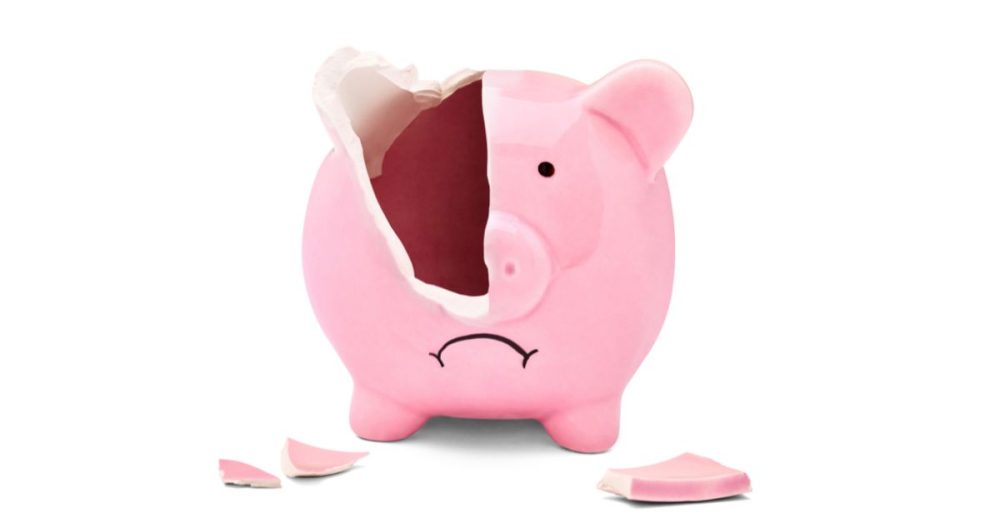There is an increasing risk of a recession, which has caused Americans to feel uncertain about what lies ahead since Monday’s stock prices plummeted and unemployment is on the rise.
The fluctuations in trading have led some analysts to speculate about the possibility of the Fed implementing a significant adjustment to the benchmark interest rate, while others predict an impending recession, as previously reported by The Dallas Express.
JPMorgan Chase has joined the conversation and indicated, according to Fox Business, that the U.S. economy is likely to enter into a recession by the end of the year. Additionally, there is a 45% likelihood of a recession occurring in the second half of 2025.
Here is more of what Fox had to report on JPMorgan’s economists’ insight:
JPMorgan Chase analysts now see a greater chance that the U.S. economy will enter a recession by the end of the year.
In a Wednesday analyst note, JPMorgan economists led by Bruce Kasman raised the odds of an economic downturn this year to 35%, up from their previous 25% estimate, citing easing labor market pressures.
“U.S. wage inflation is now slowing in a manner not seen in other DM economies,” they wrote. “Easing labor market conditions increase confidence both that service price inflation will move lower and that the Fed’s current policy stance is restrictive.”
They still see a 45% chance of a recession in the second half of 2025.
The economists also lowered the odds that the Federal Reserve keeps interest rates higher for longer to just 30%. With inflation easing, JPMorgan expects the central bank to cut rates twice this year, in September and November.
“This modest increase in our assessment of recession risk contrasts with a more substantial reassessment we are making to the interest rate outlook,” they wrote.
The analyst note comes on the heels of the disappointing July jobs report, which showed that total nonfarm payrolls grew by just 114,000 in July, while the jobless rate unexpectedly jumped to 4.3%. The report reignited fears of a slowing economy, because it triggered the so-called Sahm rule, an indicator that is used to provide an early recession signal.
The rule stipulates that a recession is likely when the three-month moving average of the jobless rate is at least a half-percentage point higher than the 12-month low.


